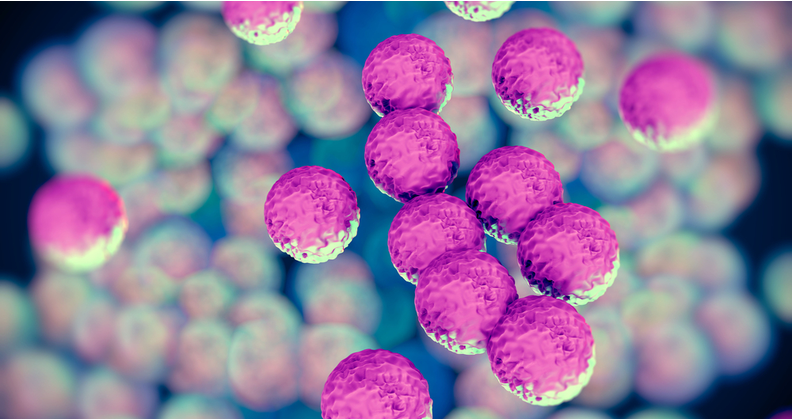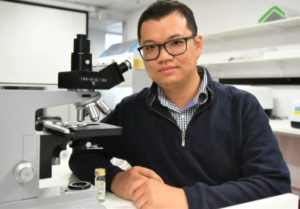
A team of Australian researchers has developed a novel compound with significant long-term antibacterial properties for orthopedic devices.
The researchers from Flinders University, Swinburne University of Technology and RMIT have created an antibacterial surface coating by adding gallium liquid metal to hydroxyapatite.
Infection prevention is a top priority in orthopedics, especially for joint replacement and trauma procedures. Members of industry and academia have invested heavily in antimicrobial research to develop infection prevention and treatment products. Lead medical biotech researcher Vi-Khanh “Khanh” Truong, Ph.D., from the Flinders Biomedical Nano-Engineering Laboratory, explained how the researchers arrived at the combination.
“We realized that we need to select and develop the technology that not only works, but also can pass through the approval of regulatory bodies and be adopted by medical practitioners and industry,” he said. “With this consideration in mind, we selected hydroxyapatite, as it is the golden standard in orthopedics. Gallium on another hand has been demonstrated to have potent antimicrobial properties.”
Gallium is also safe and FDA-cleared, he said. A combination of those two materials provided a unique opportunity to produce antimicrobial coatings for titanium implants that also support osteogenesis.
The new coating combination has the potential to kill “superbugs” because gallium exhibits a multifaceted mechanism of action attacking bacterial cells from many different sides, Dr. Truong said. That not only increases the potency to kill pathogens, but also significantly reduces the possibility of developing resistance.
The researchers developed a plasma spray approach that can be used to directly coat any orthopedic device. There is no need to redesign current devices or production lines.

Flinder University’s Dr. Vi-Khanh Truong assisted in research that led to the creation of a new, antibacterial coating for medical devices. Photo courtesy of Flinder’s University.
“Our technology is unique in comparison to other approaches,” Dr. Truong said. “We developed a process to add gallium liquid droplets directly into hydroxyapatite particles which can then be plasma sprayed to coat these particles directly on titanium surfaces.”
Flinders reported that the new technique adds to the viability of regular hydroxyapatite-coated metallic implants, which are known to fail and cause infection and even death in up to 2% of patients.
The next step is to validate the coatings in pre-clinical studies and team with device manufacturers for potential commercialization. The researchers are also interested in expanding the gallium technology to other medical devices that are prone to infection such as dental devices, catheters, and wound dressings.




